
It was almost 100 degrees! We were very much appreciating the shade in places.
The areas disturbed by the skid steer were also areas that we wanted to improve the soil. We planted clover and native pollinators in those areas. The clover also has the benefit of improving the soil, prevent erosion and help control the water flow in those areas. The pollinators are good for the bees and other insects. The deer is a win with the deer. The pollinators and the clover add beautiful flowers. This was also a way that we could add vegetative matter (i.e. clover) under the oak trees control water flow and erosion, with minimum soil disruption under the oak trees. From a permaculture perspective, this is function stacking at work.
We placed hay on the disturbed ground to help hold the seeds in place and hide them from birds looking for an easy meal. We are supposed to get several days of rain this week so that should help give the plants a good start.
We hope to stay busy over the next few weeks preparing beds and planting cover crops.
Goji Berries – Elderberries
We harvested what should be the last of the elderberries. We had a first goji berries. We only picked a handful of goji berries, but it was nice to finally taste goji berries from our farm.


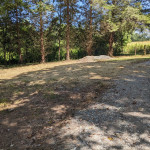





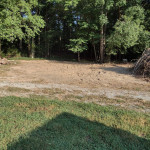
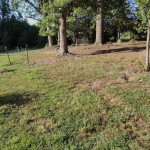






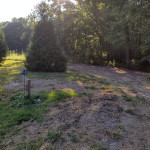
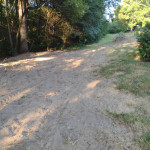





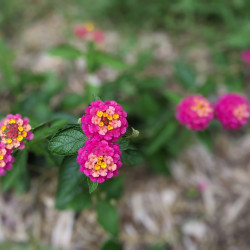

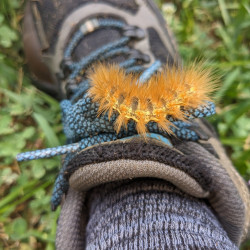

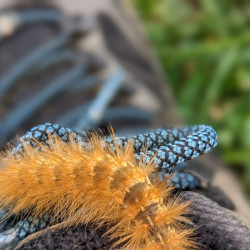
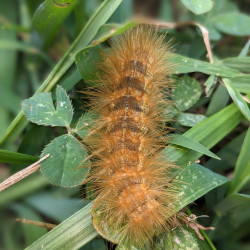
























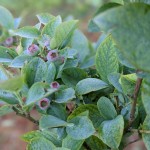




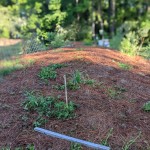



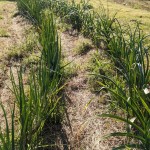
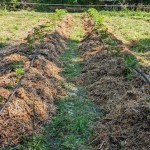



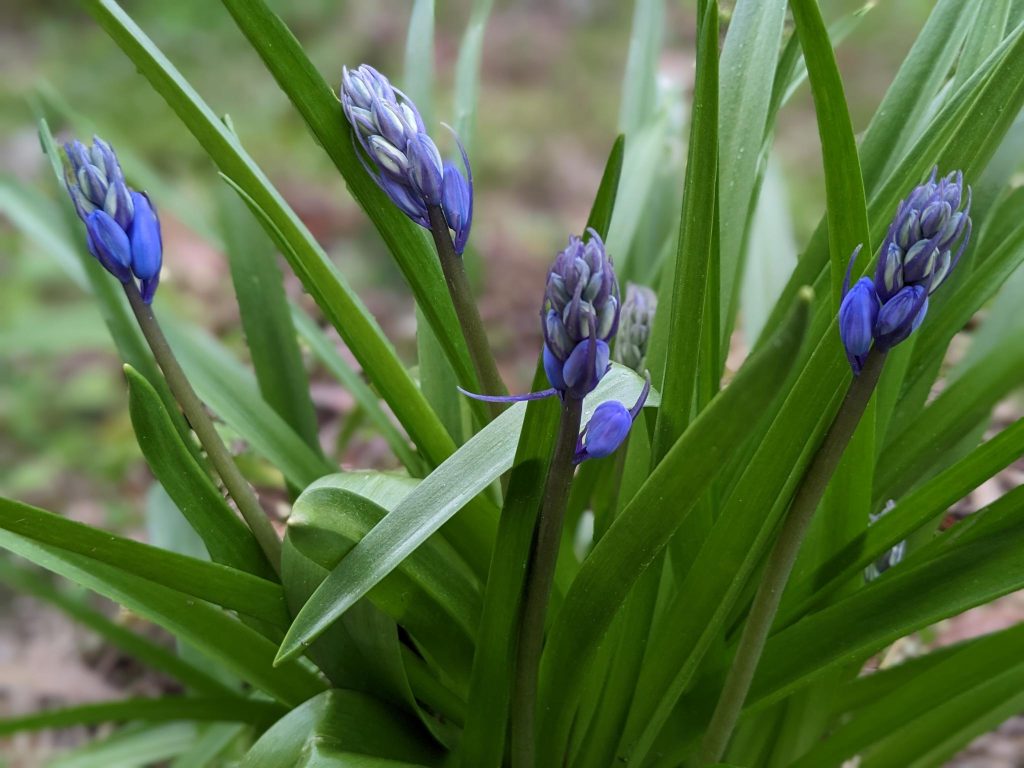


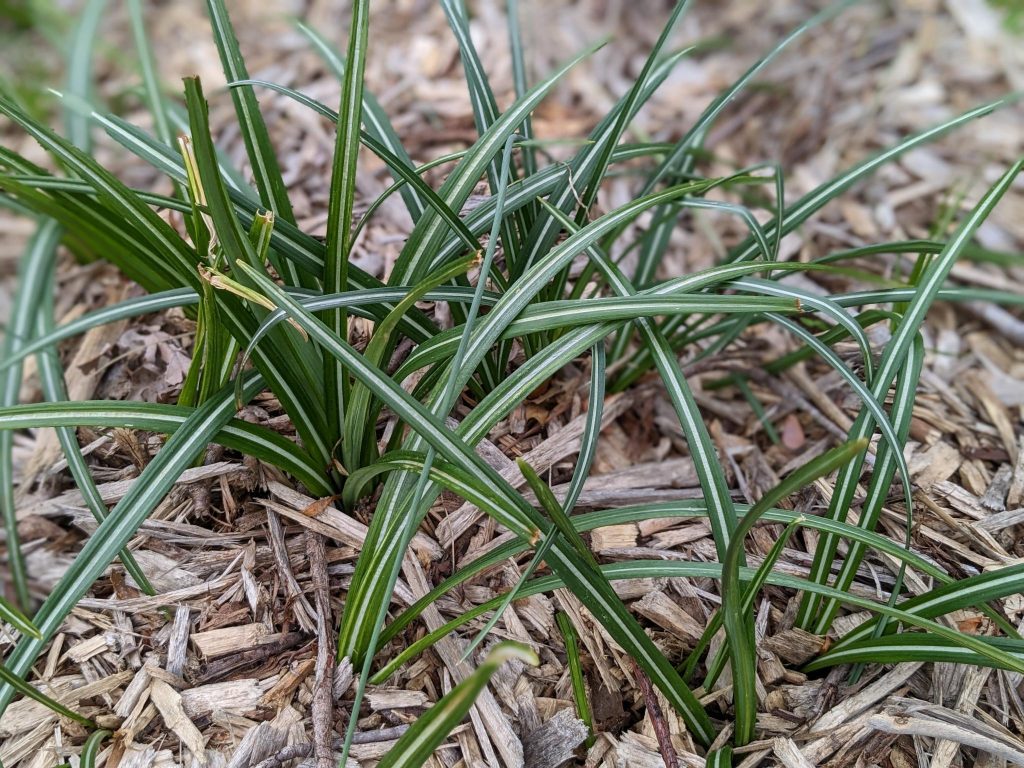

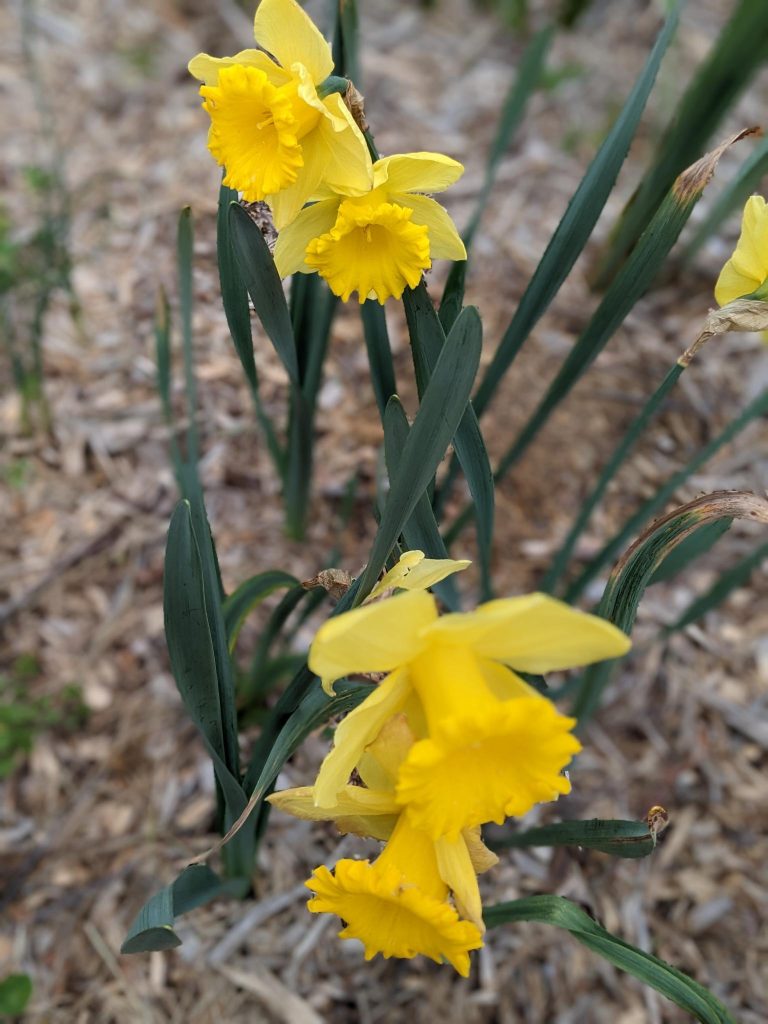

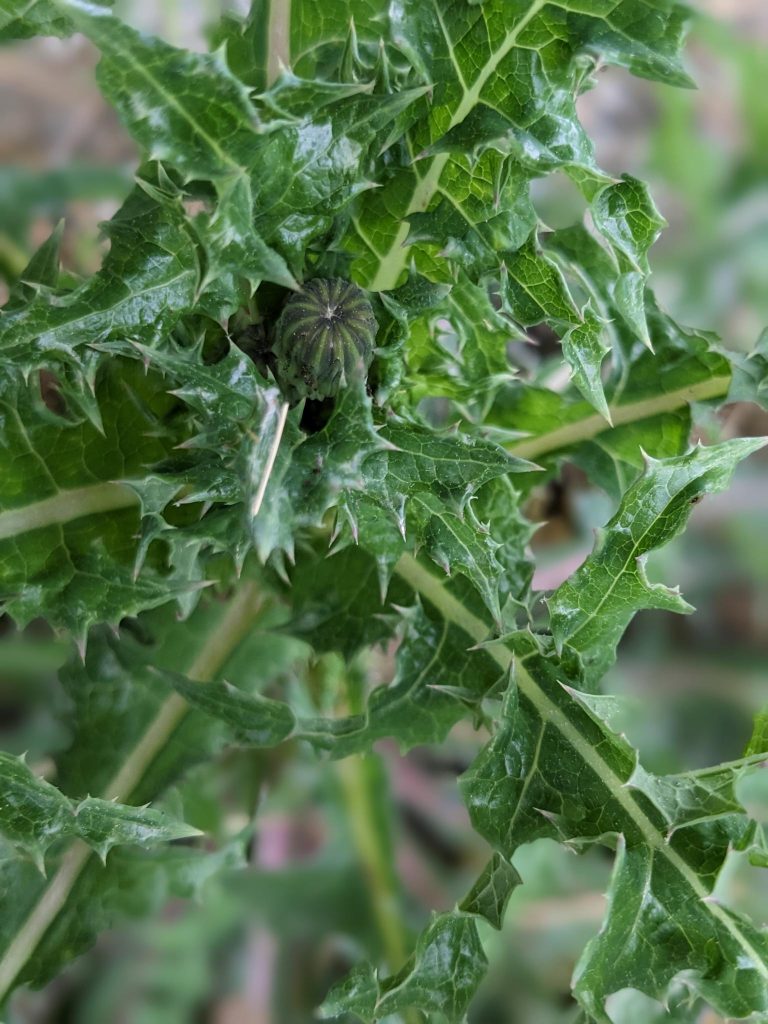

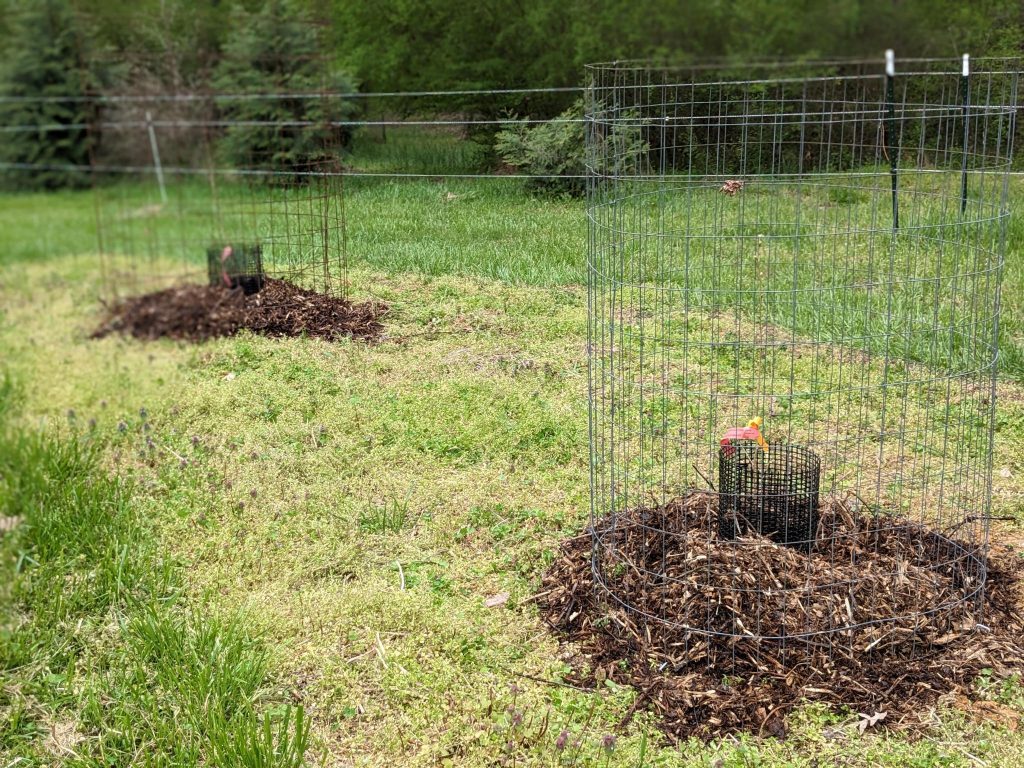

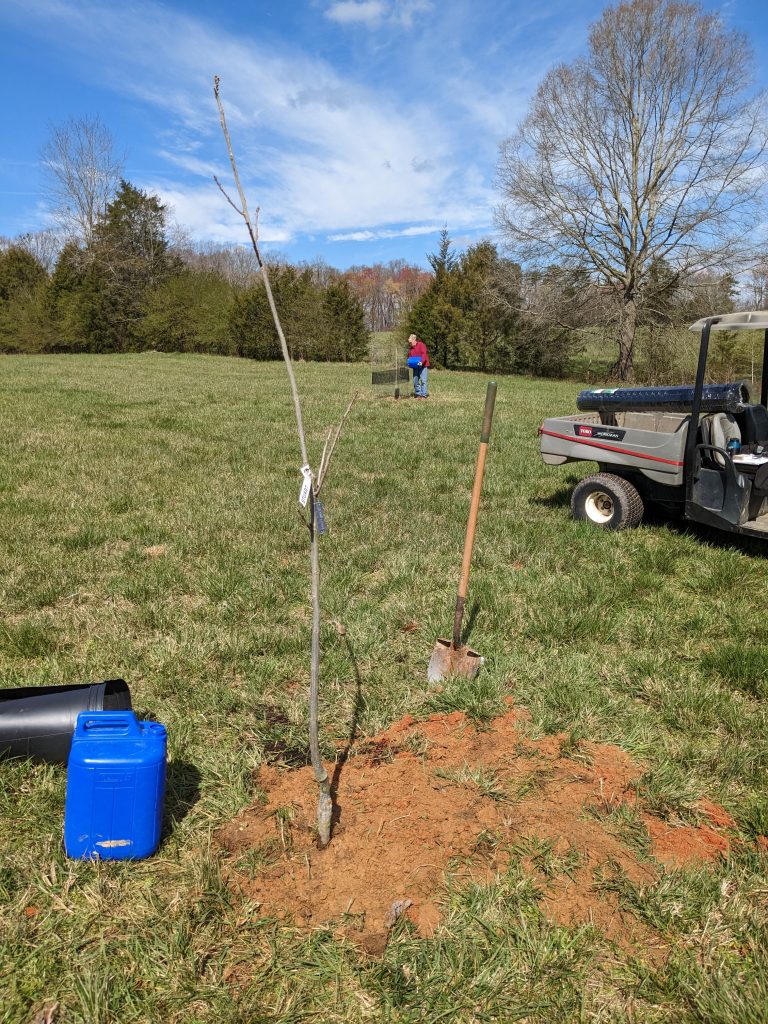







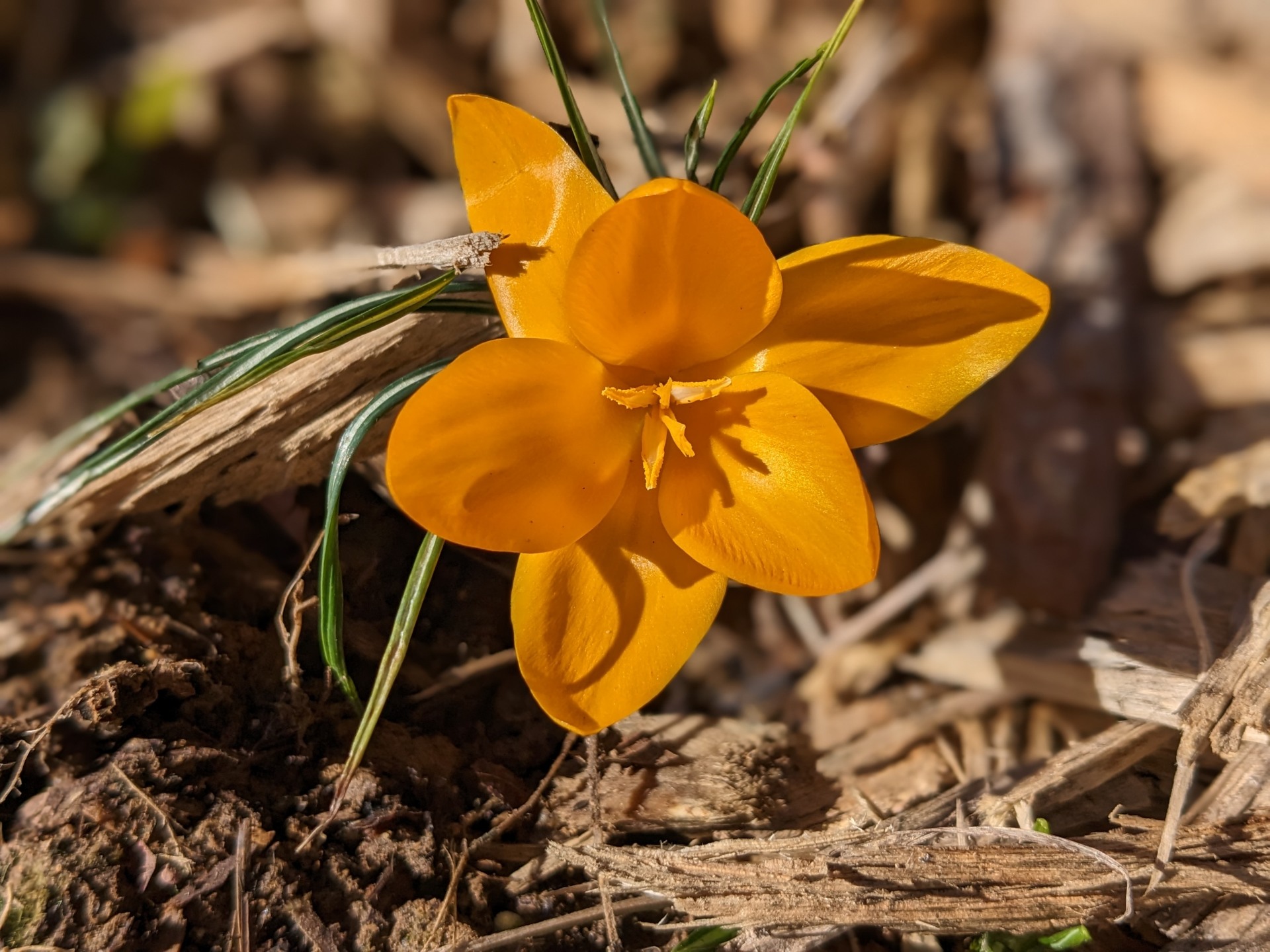





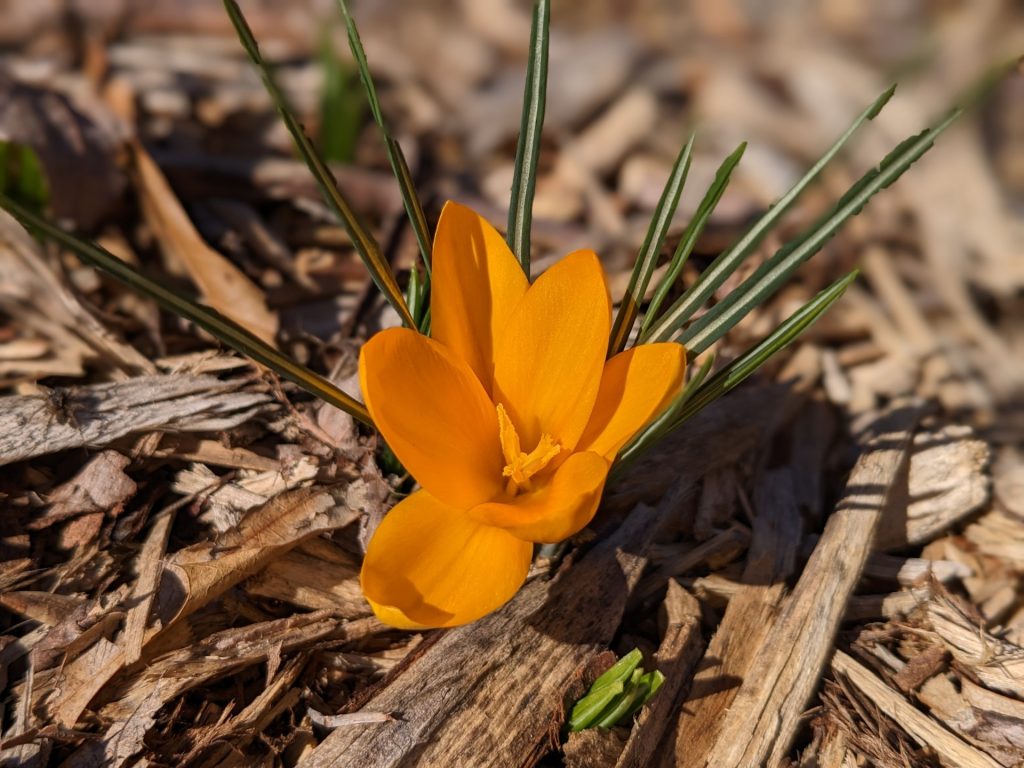


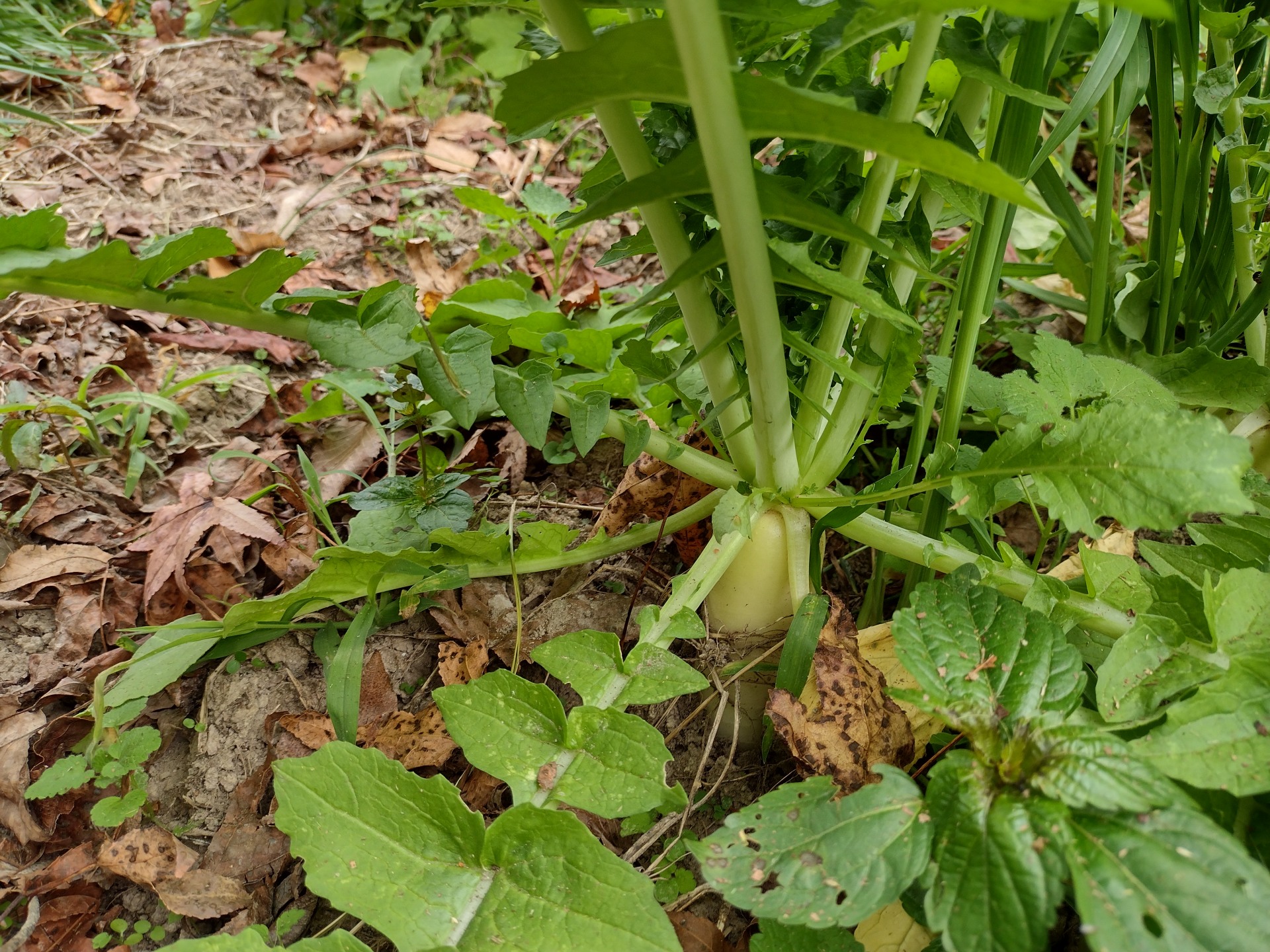
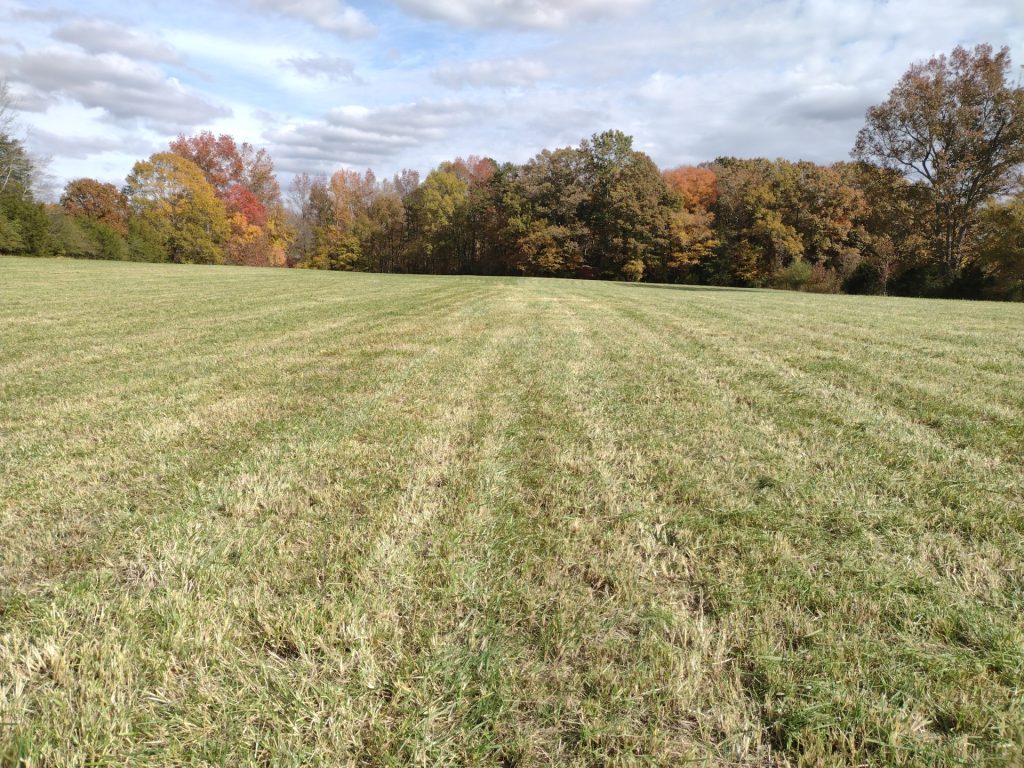


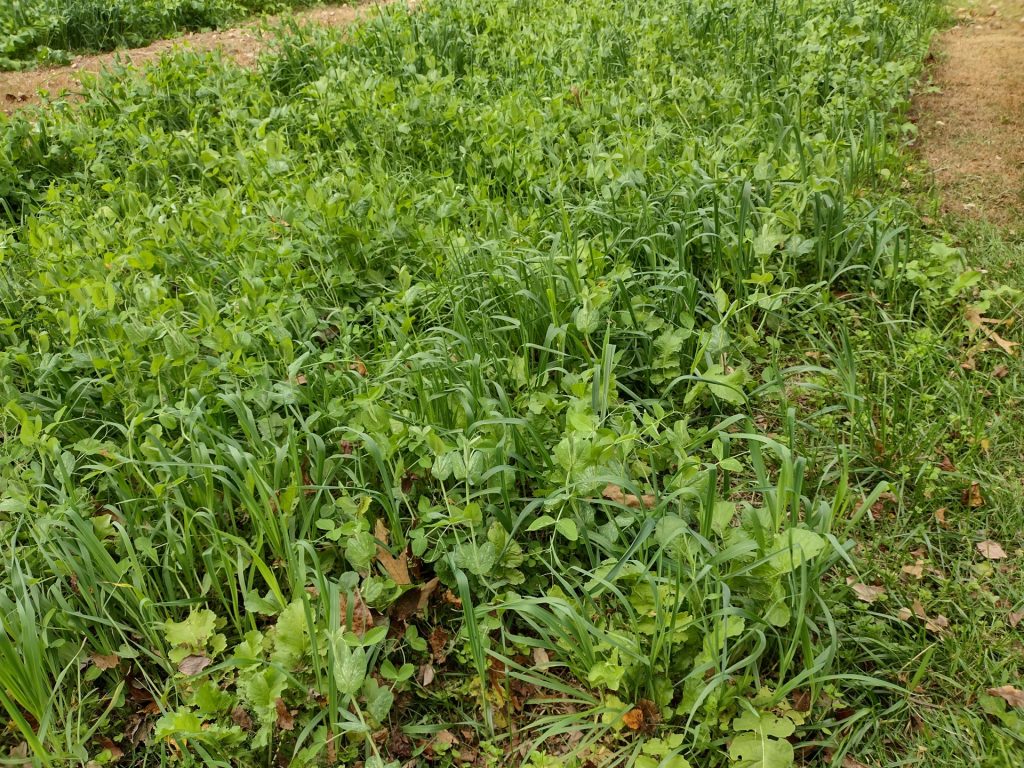

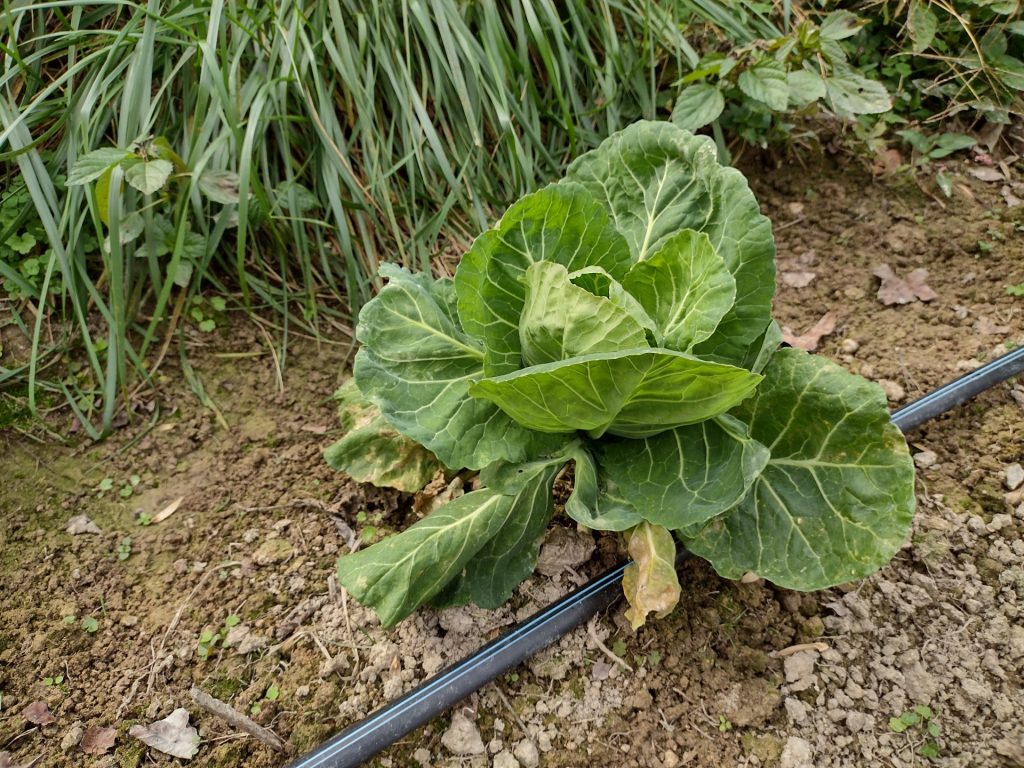

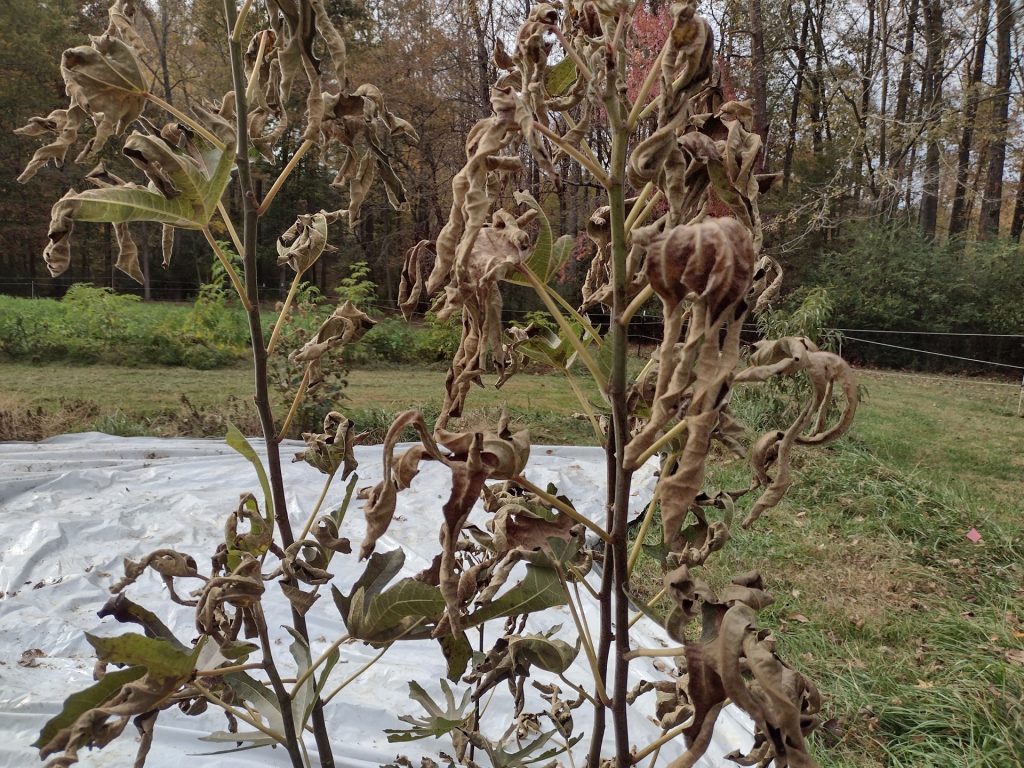



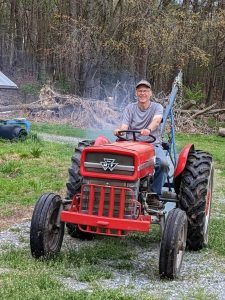 I’m a mechanical engineer turned weekend farmer, so I’m just smart enough to know that there is a lot that I don’t know especially when it comes to farming, permaculture and food forests. I’ve been heavily influenced in my love of farming and permaculture by my Mom and Dad and also by people like
I’m a mechanical engineer turned weekend farmer, so I’m just smart enough to know that there is a lot that I don’t know especially when it comes to farming, permaculture and food forests. I’ve been heavily influenced in my love of farming and permaculture by my Mom and Dad and also by people like  Connie has her certificate in Sustainable Agriculture from CCCC. She really enjoyed the classes at the community college and learned a lot. The program was a mixture of classes and work on the school farm. What she learned has really added to our technical proficiency on the farm.
Connie has her certificate in Sustainable Agriculture from CCCC. She really enjoyed the classes at the community college and learned a lot. The program was a mixture of classes and work on the school farm. What she learned has really added to our technical proficiency on the farm.